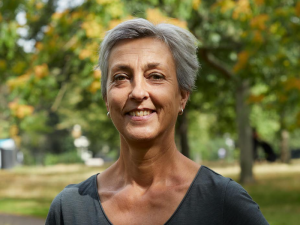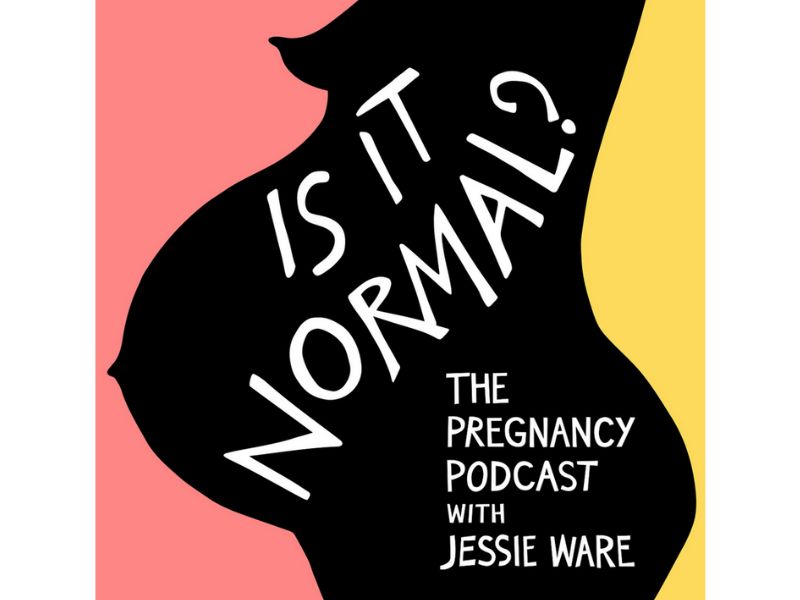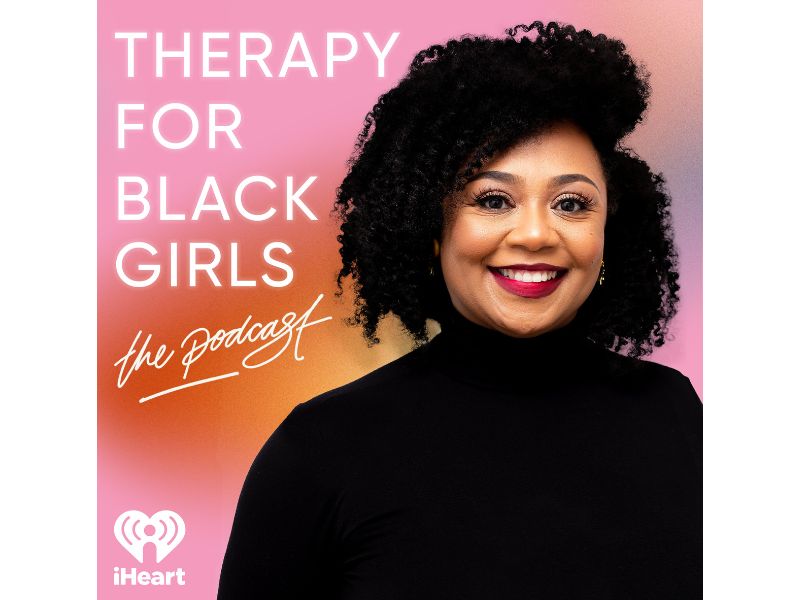
By Karen Liebenguth
Just as people act in different ways when they conflict with someone, there are also different ways of intervening in a conflict that is happening around us.
My training and approach to conflict resolution is called Restorative Practice.
Restorative practice is about learning to listen deeply to one another and to see and know those around us. It is about sharing our own story and perspective and attempting to understand the perspectives of others. It is about being responsible for our actions in a collaborative and participative way.
Relationships are at the heart of conflict resolution whereas in mediation, the goal is to find a solution.
When people dare to be honest and to hear a different perspective, that’s when relationships can be repaired and solutions become possible.
The principles of Restorative Practice find their roots in indigenous communities where the concept of justice relies on an assumption that everyone in a community is relationally connected to their community. It would be presumptuous to speak of ‘indigenous teachings or ‘indigenous justice’ as one common set of principles. However, similarities have been found to exist among the underpinnings of these diverse cultures, beliefs and practices. For example:
- Rather than seeking to punish the individual for a particular act, you need to help them find the correct path.
- All things are interconnected through relationships and therefore building healthy relationships is key – relationships are the foundations of a harmonious society.
- When a person commits wrongdoing, a relationship is broken and needs to be made healthy again.
- The duty to heal the relationship, however, does not rest solely on the offender. Rather, justice means seeking out all factors that may have contributed to the offence and setting an action plan for how the harmer and harmed can proceed on a path of repair.
Based on these principles, in my restorative approach to conflict resolution, the harmed and the harmer play an equal role and the needs of each party are actively listened to. When we do this exercise, the discovery is astonishing – the list of needs of the harmer and harmed is almost always identical and utterly human. Both seek to be heard, listened to, understood, treated fairly, supported and to feel connected.
The restorative approach always starts with a 1:1 conversation with each party involved in the conflict followed by a restorative conversation or inquiry consisting of five themes.
Hearing and telling the unique and equally valid perspective
Each party gets equal 1:1 time to tell their story, and what happened from their perspective. This could be up to four (sometimes more) 1:1 conversations depending on the complexity of the conflict situation.
Once each party has had a chance to share their perspective of the situation and be heard, all parties can subsequently come together in what is called a restorative circle or conference. Each party has to agree to participate in the circle and to do it voluntarily. Each circle is usually two hours long. Often one circle is enough for parties to find a way forward due to 1:1 restorative conversations that have already taken place.
Thoughts influence emotions which influence behaviour
At the beginning of each restorative process, it is crucial to understand why we do what we do. This involves looking beneath the surface of what has happened in any conflict to gain a more holistic view of our behaviour that centres around our thoughts, feelings and unmet needs in difficult situations.
Behaviour is what is most readily visible and what we mostly respond to in others.
Beneath our behaviour, we find thoughts, judgements and feelings that affect and drive our behaviours. And deeper still, we have needs that are the deepest motivations behind anything we think or say, any action or reaction.
In the initial restorative 1:1 meetings, I explore with each party their thoughts and judgements and how these influence their emotions and behaviour so they can understand themselves better.
Developing empathy, consideration and compassion.
When parties involved understand themselves better, it increases their capacity to empathise with others because it taps into common humanity. This in turn helps them to feel more compassionate towards themselves and others.
Understanding needs and unmet needs.
As mentioned above, beneath our thoughts and emotions lie our needs, including the unmet needs that drive our actions: what we say and do. Needs are universal and neutral, although how each one of us tries to get them met is very individual and can be healthy or unhealthy. Common human needs are: being heard, listened to, feeling supported, collaborating, being understood, feeling safe, communicating, making a contribution, feeling connected, feeling loved, taken into account etc.
When parties involved in a conflict see how similar their needs / unmet needs are, a door can open up that can lead to mutual understanding, compassion, repair and ways forward.
Ownership, taking responsibility and problem solving.
This aspect of the restorative conversation with each individual ensures that respective parties are willing to let go of blame and to take responsibility for their part in the conflict situation. When this happens, and only then, can relationship(s) be repaired and solution(s) can be found.
Karen gave my feelings a lot of space, she was very patient. By the time I was ready to engage in the restorative circle with the other party, I already felt a lot clearer and better able to communicate and hear the other person fully. Even though the conversations were difficult, I felt very safe having Karen there guiding and holding the space. – Stephanie, conflict resolution client
How does a restorative process for conflict resolution work?
- The restorative process starts with an informal chat about yourself in a conflict situation at work or home regardless of how many people are involved, for example, work situations might involve a whole team or department.
- The next step is to find out whether the parties involved are willing to engage in a restorative process. This has to be voluntary. A restorative process, however, can still take place even if not everyone involved in the conflict situation wants to participate.
- 1:1 meetings are scheduled so that each person can share their perspective on the conflict situation and feel heard. Each person usually needs 2-3 individual conversations before they are ready to join the restorative circle or conference that generally lasts for two hours. The circle is facilitated in a safe way that gives each party equal talk and listen time and that includes clear outcomes, next steps and action planning.
This type of conflict resolution is hugely successful as it takes into consideration the harmed and harmer, and drills down to unmet needs that drive all behaviour so that greater understanding, empathy and compassion towards self and others can happen. This is the bedrock for repairing relationships. When mutual perspective-taking and understanding happens, a sense of connection follows which in turn can allow parties in conflict to find ways forward together.
About the Author

Karen Liebenguth is the founder of Parcival. She is a restorative practice facilitator, leadership coach, mindfulness trainer for workplace wellbeing and mental health, facilitator and mentor.
Karen works with businesses that want to create a compassionate workplace culture. From small charities to multinationals, they all recognise that something needs to change and have the desire to make it happen.
Karen is considered to be one of London’s leading green space coaches. She has been coaching people in nature and delivering mindfulness programmes to foster healthy and resilient leaders and teams for fifteen years.








